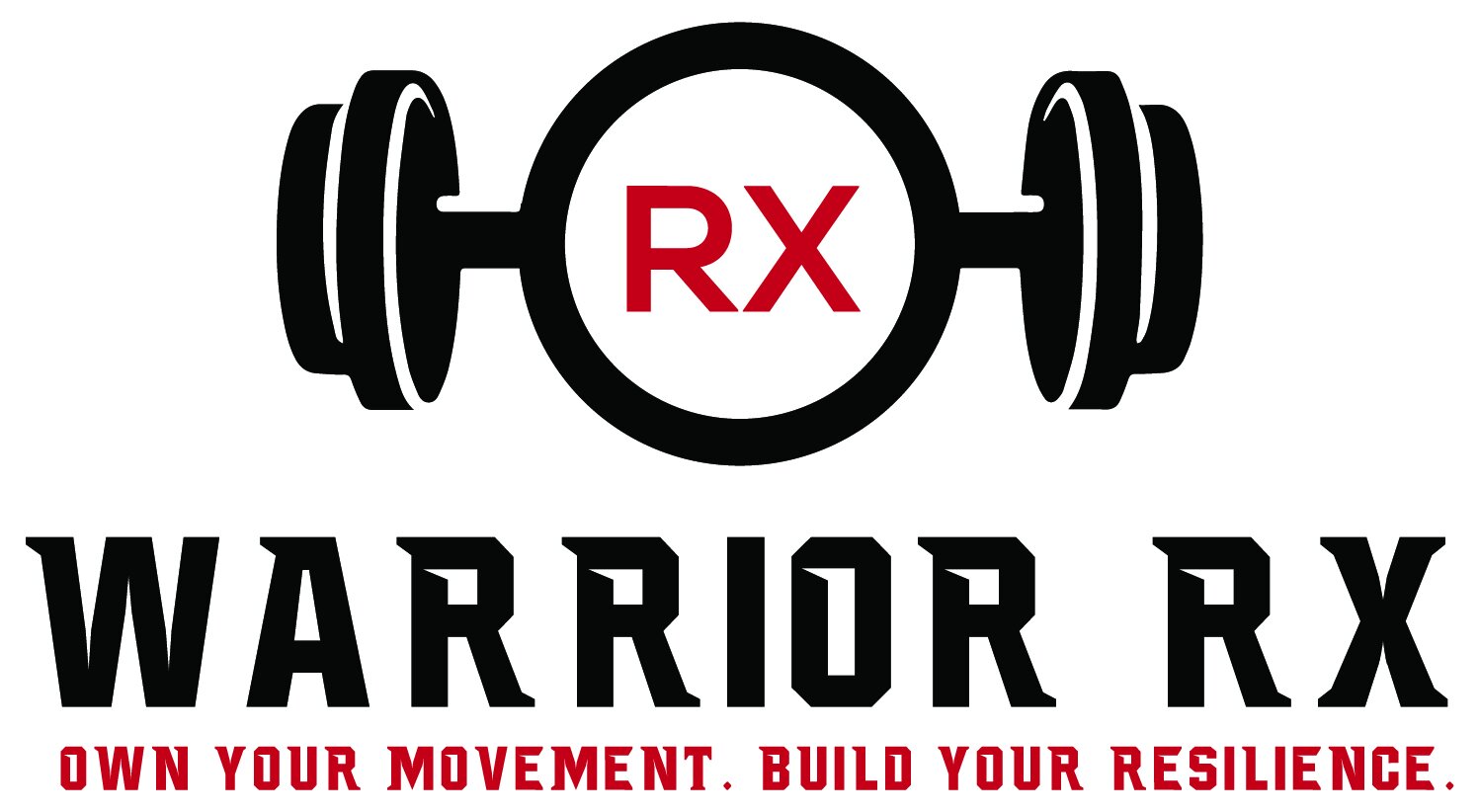Bodyweight movements are oftentimes an equalizer for many, and can result in red lining early in a workout or skyrocketing time splits during rounds. This is often due to a limited base of strength, efficiency, and endurance for these movements. When the skill is progressed prematurely without prerequisite strength for the strict movement this is where injury occurs.
A lot of crossfit athletes are fit and strong humans, but when asked to perform bodyweight skills under high volumes or with higher level skill injuries tend to occur. Specifically with regards to the push up and it's progression the handstand push up. While the handstand push up may seem more closely related to strict overhead press strength, it is actually a progression of the common pushup. It would be recommended that you be able to perform 15 strict push ups with no faults before attempting handstand push ups.
STRICT PUSH UP POINTS OF PERFORMANCE: A MOVING PLANK
Hands just outside shoulder width (simply bend your elbows with your palms facing away from you this should put you in roughly the correct position.)
* Wider reduces the activation of your pecs and triceps while narrower widths increase this (get more bang for your buck!)
Fingers pointed forward (middle finger at 12p) or slightly outward. Fingers should never point inward as this is likely to cause elbow and wrist pain
Entire hand contacts the floor, not cupping the floor.
Straight line from shoulders to feet with eyes looking 12” in front of you to keep a comfortable neck posture.
Glutes and quads engaged.
Descend without change in starting position
Elbows stay over the wrists so forearm is vertical to the ground in the bottom
* More inclined forward increases pec activity while elbows behind the wrist resulted in increased tricep activation
Elbows stay close to the body with ≤ 45 degree angle from torso (think forming an arrow not a T)
Return to the starting position with the straight line still intact.
WHY “SAGGING” OR SNAKE PUSH UPS SHOULD BE AVOIDED
Simple: low back and shoulder injury prevention.
The push up is challenging because of it's demands on the entire body. Your abdominals are working at >50% of the max to keep your spine stable during the push up. Allowing your hips to sag is placing undue stress on the joints of your lower back and cheating you out of stronger abs for more challenging skills….handstand push ups, pull ups, etc. Also allowing your hips to sag changes the pressure at the shoulder joint, as its point of stability (shoulder blade to rib cage) is altered.
What does this mean: if your sagging your solution is core work including exercises like:
Hollow holds
Planks
Planks on rings
Planks with your feet elevated on a bench or box
*using a stability/exercise ball under your arms does not increase the demands on your abdominal muscles, but will increase the activity of your upper body.
HOW DO I ELIMINATE THE FAULTS FROM MY PUSH UP
Push up Progressions: Match your current level and perform during the workout. Work on the next progression during open gym or at home as an accessory program. Or shoot us an e-mail with more specific programming questions.
Why are knee push ups not on this list?
Knee push ups should be avoided. Unfortunately, this common modified “girl push up” is both insulting and ineffective. The knee push up significantly alters the form from that “moving plank” increasing the stress on the shoulder, and eliminates the activity of many of the muscles required for a push up, especially the core musculature. This means you’ll never be training the appropriate muscles and never progress from the knee push up to a push up. You will see faster progression and strength utilizing inclined surfaces which you progressively lower to the floor.
How to increase push up volume
I feel awesome for rounds of 10 push ups….for about 2-3 rounds then my endurance and strength plummet. How do I address this problem? With drop sets of push ups.
1. Pick a variation of push up: traditional, narrow, hands on parallettes/KBs
2. Perform 3 sets of max repetitions in each of the following variations of the push up variation you choose:
Declined (feet above hands)
Floor (feet and hands on floor)
Inclined (feet below hands)
3. Allow 20-30 seconds of rest between transitions.
**When performing on parallettes or KBs for increased range when you move to inclined surfaces, place your hands on two benches or boxes to allow your chest to go between your hands to maintain the range of motion.
Other Accessory Exercises
As discussed in the “sagging” section the strength of the abdominal muscles can be a limiting factor in the push up and is best addressed with the provided exercises in that section.
In the upper body, the pecs or the triceps could be a limiting factor. Unsure of which? First make sure your hands are no more than shoulder width apart. Second, add a weighted vest or band to your push ups.
If your pecs are the limiter:
Try push ups with shoulders inclined further past the hands
If your triceps are the limiter:
Add in accessory work with diamond push ups, skull crushers, banded pressdowns.
When should I move up or down in the progression?
Regression is often required when pain is present whether its neck, shoulder, or lower back pain. Simply move up or down the scale until you can perform with minimal pain. If you have wrist pain variations can be performed with on your knuckles or your hands on DBs, KBs, or parallettes to minimize the wrist extension required.
Progress on the variation when you’ve achieved 10-15 repetitions without breaks in form or pain.





